The Land of Water and Greenstone
South Island, the larger of New Zealand's two primary islands, is a destination renowned for its stunning natural beauty and rich array of diverse landscapes. Stretching from the rugged peaks of the Southern Alps to serene coastal regions, this remarkable island offers a multitude of breathtaking scenes, making it a paradise for nature lovers and adventure seekers alike.
The Southern Alps, a dominant feature of the island, present some of the most iconic views, with snow-capped mountains that host a range of activities, from skiing to hiking.
Beyond its natural wonders, South Island is characterized by a vibrant local culture. With influences from both Māori and European settlers, the island features rich traditions, cuisines, and celebrations. Communities such as those in Christchurch, Dunedin, and Queenstown offer cultural experiences that include art galleries, local markets, and festivals celebrating the unique heritage of the island. The warm hospitality of its residents further enhances the welcoming atmosphere, making South Island not only a place of visual beauty but also one of cultural depth.
Places
South Island Highlights
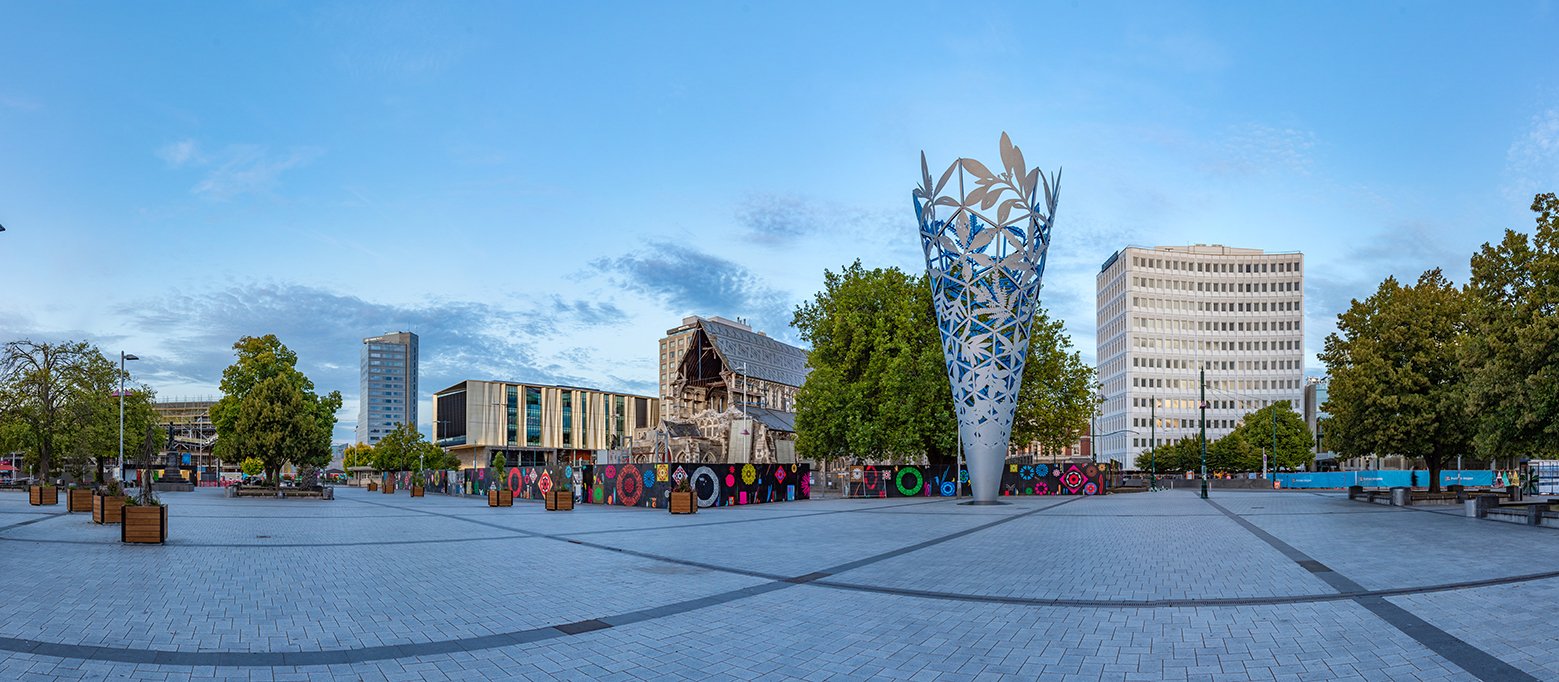
Christchurch
Christchurch, often referred to as the Garden City, is a testament to resilience and renewal following the devastating earthquakes of 2011. The city has embraced an ambitious vision for redevelopment, focusing on innovative architecture, vibrant public spaces, and cultural enrichment. Among its many attractions, the Christchurch Botanic Gardens stand out as not just a place of beauty, but also a symbol of the city's commitment to restoring its natural heritage. In addition to the Botanic Gardens, the architectural landscape of Christchurch has been significantly transformed. Post-quake, numerous buildings have been designed with sustainability and contemporary aesthetics in mind. The Cardboard Cathedral, constructed from innovative materials, serves as a prominent landmark and a powerful representation of the community’s spirit. For more information, click here.
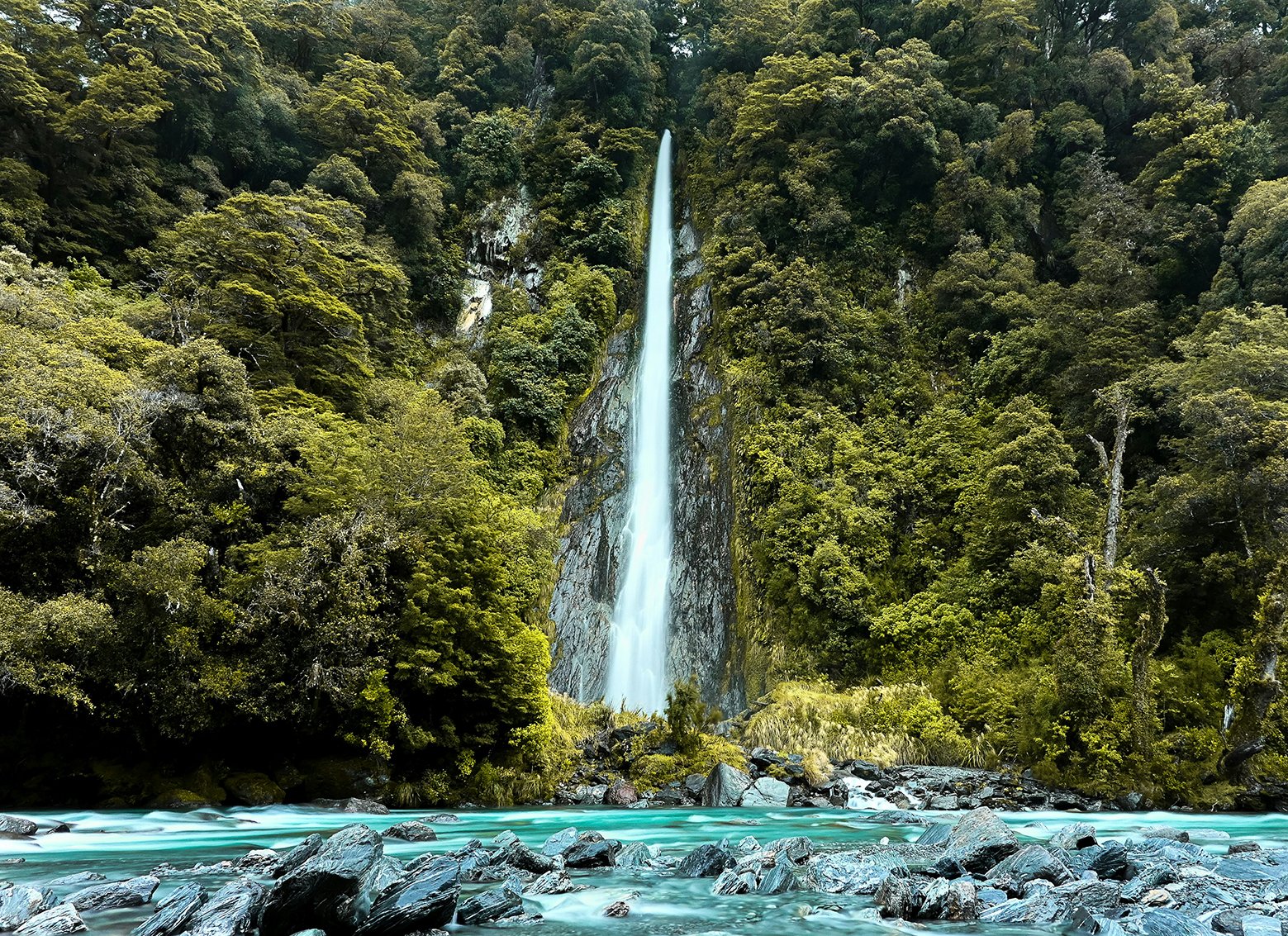
West Coast Region
Located on the southwestern part of the South Island, the West Coast extends from the northern shores of the Buller District down to the southern reaches of Fiordland National Park. It is bordered by the Tasman Sea to the west, offering dramatic cliffs, sandy beaches, and picturesque views of the ocean. This region is renowned for its diverse topography, ranging from lush rainforests to towering mountains and spectacular glaciers, making it a haven for outdoor enthusiasts and nature lovers alike. The majestic Franz Josef and Fox Glaciers are dynamic attractions that draw numerous visitors each year, allowing them to encounter the awe-inspiring power of nature firsthand. Coastal national parks such as Paparoa and Westland offer both locals and tourists countless opportunities for exploration, featuring hiking trails, stunning viewpoints, and rich wildlife. For more information, click here.
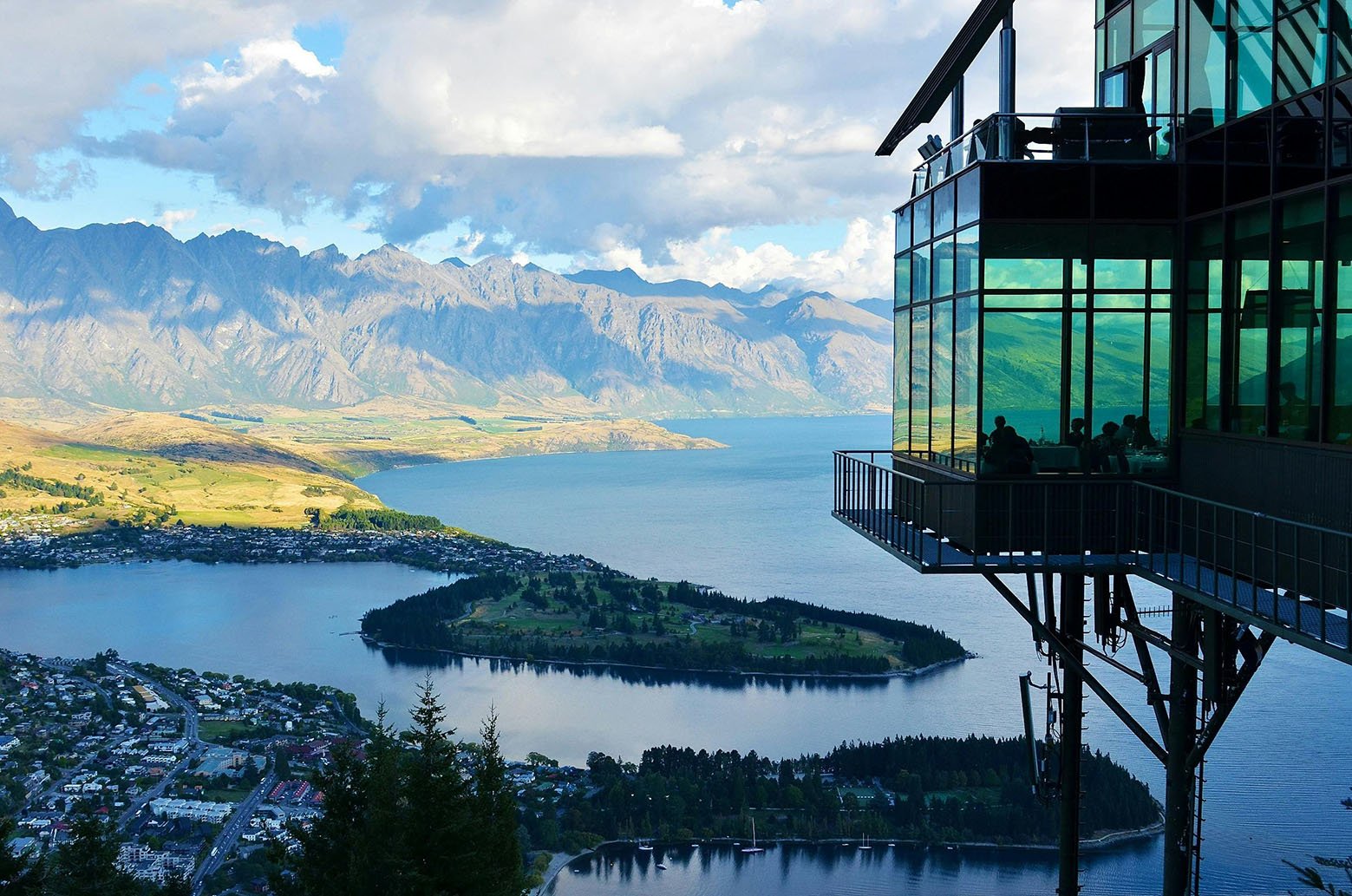
Queenstown
Queenstown, nestled on the shores of Lake Wakatipu and surrounded by the Southern Alps, is renowned as the adventure capital of New Zealand. This picturesque town boasts a vibrant atmosphere brimming with excitement and a myriad of outdoor activities that cater to thrill-seekers of all kinds. From bungee jumping at the iconic Kawarau Bridge to skiing on nearby slopes during the winter months, Queenstown has established itself as a premier destination for both adrenaline enthusiasts and nature lovers alike. For more information, click here.
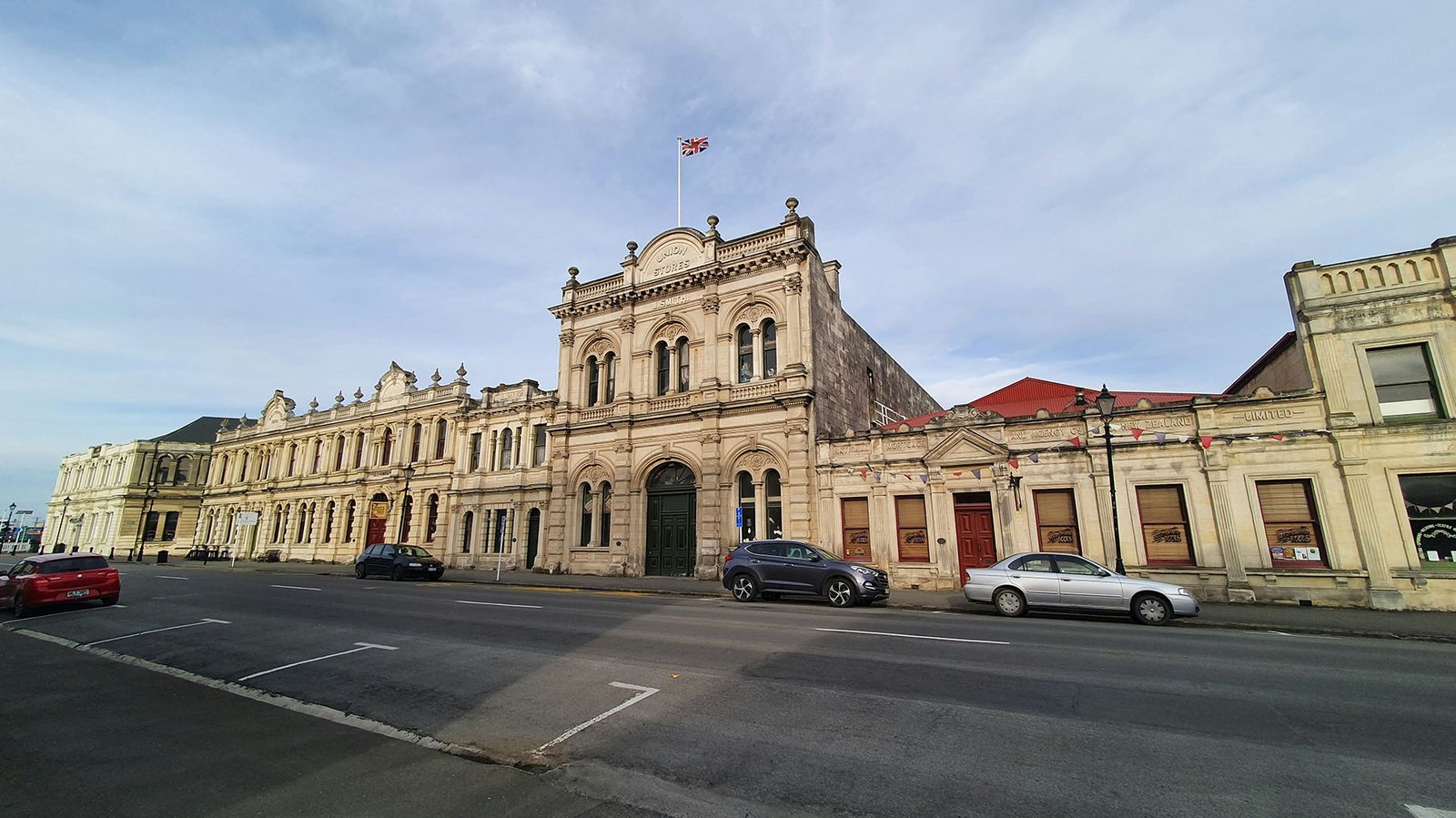
Oamaru
Penguins, Steampunk and Victorian architecture (not necessarily in that order) make Oamaru, New Zealand an essential stop for travelers seeking unique experiences. The town's charming Victorian architecture and stunning coastal landscapes provide a picturesque backdrop for exploring an array of attractions. Additionally, Oamaru’s rich natural environments, from the panoramic views of the Pacific Ocean to the lush gardens and parks, offer ample opportunities for outdoor enthusiasts. The iconic blue penguin colony presents a rare chance to view these birds in their natural habitat. And last, but not least, Steampunk HQ, located in the heart of Oamaru, stands as a quintessential representation of the Steampunk aesthetic, seamlessly merging art, technology, and a vivid sense of fantasy. For more information, click here.
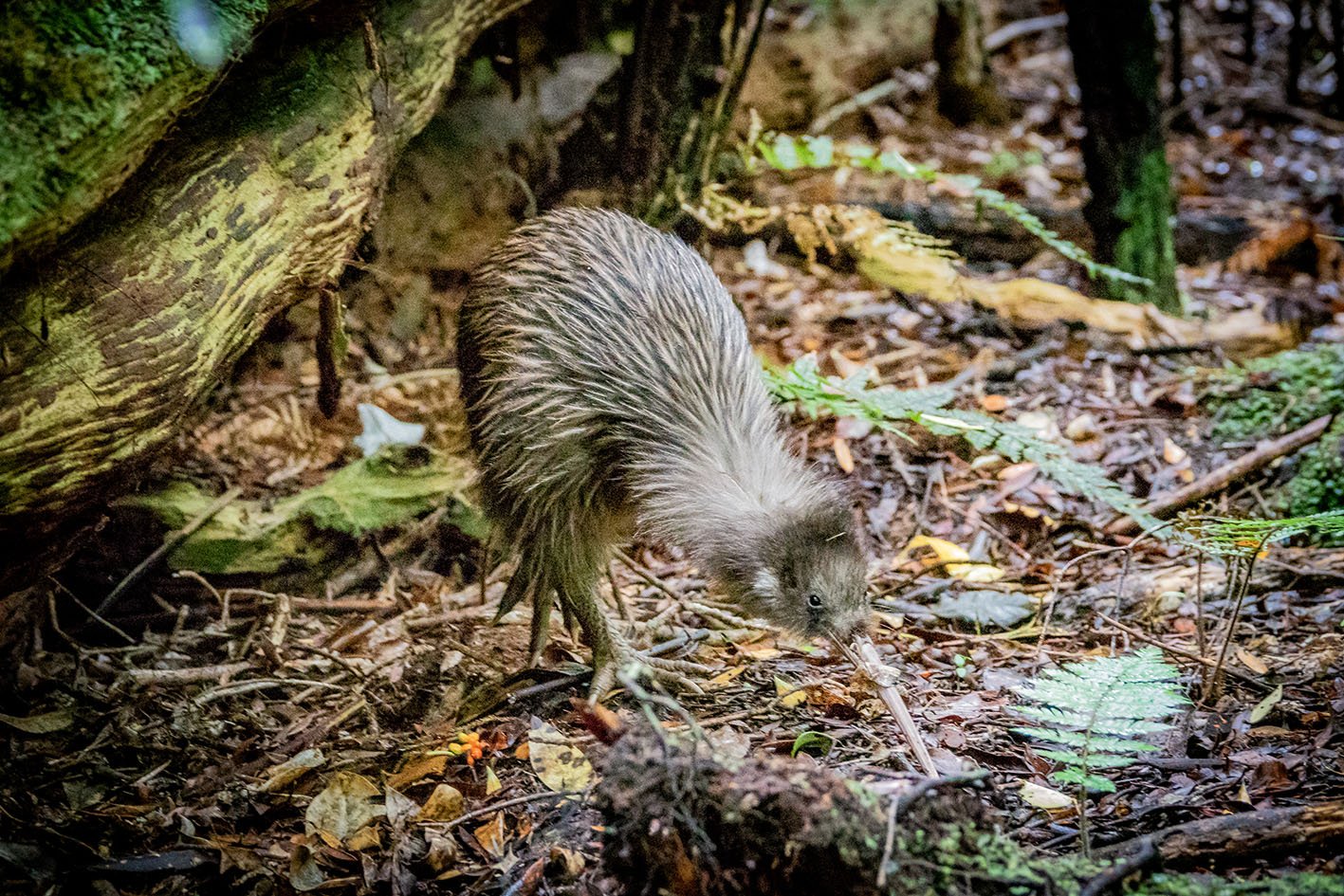
Stewart Island
Located south of New Zealand's South Island, Stewart Island, also known as Rakiura, is the country's third-largest island, measuring approximately 1,746 square kilometers. This picturesque island is celebrated for its stunning natural landscapes, characterized by rugged coastlines, lush rainforests, and pristine beaches. As a relatively undiscovered destination, it offers a tranquil escape from the hustle and bustle of urban life, making it an ideal spot for nature lovers and outdoor enthusiasts.
The unique geographical position of Stewart Island places it amidst the rich biodiversity of the Southern Ocean. Its varied ecosystems are home to an array of wildlife, including native birds such as the kiwi and the albatross. In addition to these avian species, visitors can spot seals and dolphins playing in the surrounding waters. The island's untouched wilderness provides opportunities for eco-tourism, with well-maintained walking tracks that allow travelers to explore its natural beauty while minimizing their impact on the environment.
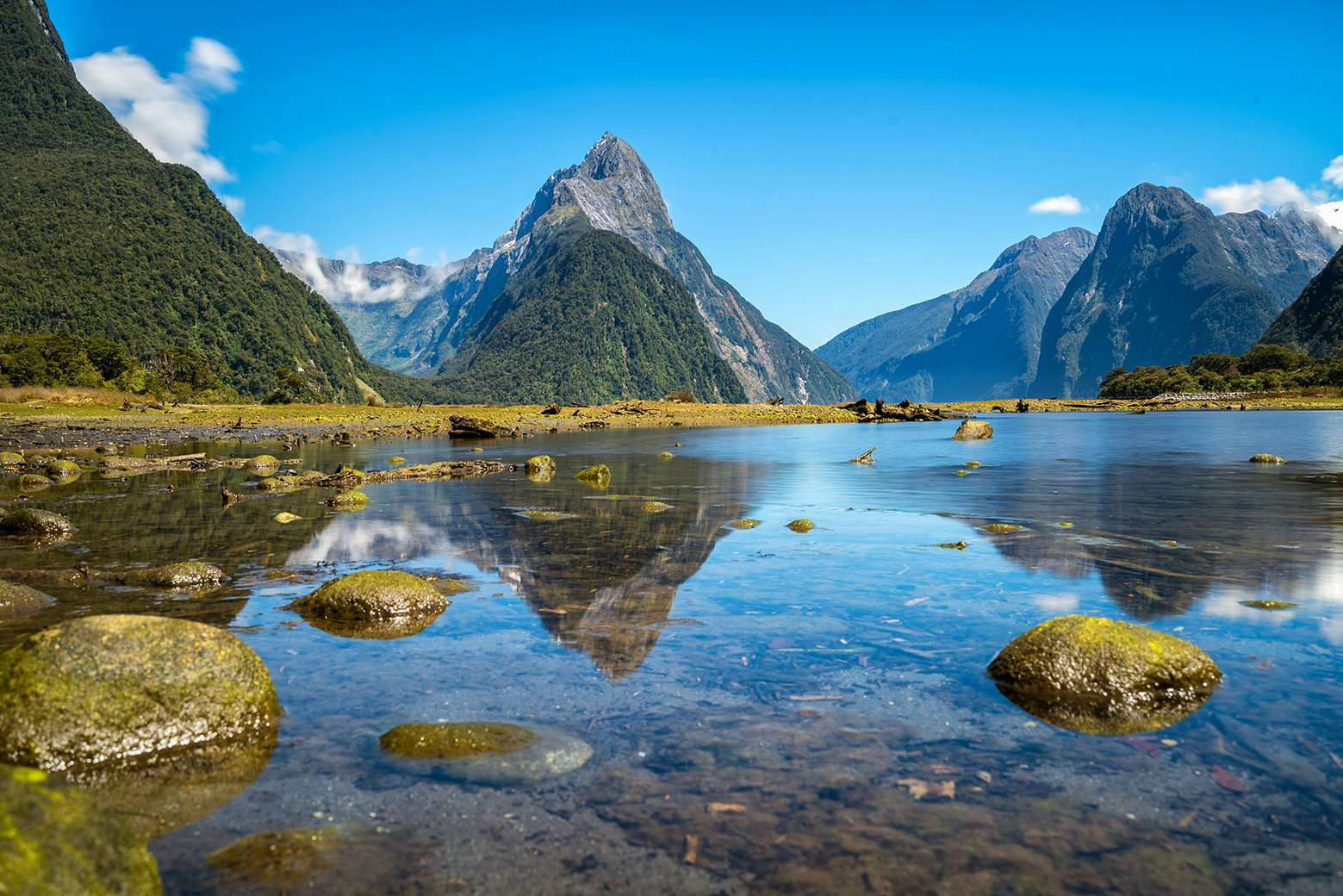
Southland
The Southland region, situated in the southernmost part of New Zealand's South Island, is known for its stunning landscapes. Fiordland National Park, Milford Sound and the Catlins Coast are among the areas attracting visitors from all over the world. Southland is characterized by a blend of natural beauty and rugged wilderness, making it a prime destination for nature enthusiasts and adventure seekers alike. The region is home to lush farming landscapes and breathtaking scenery, including dramatic fjords and secluded beaches. Visitors are often drawn to the adventure opportunities available here, from hiking and biking in some of New Zealand's most pristine environments to engaging in water sports. Towns such as Invercargill, the regional capital, and Gore reflect the local culture through festivals, museums, and galleries. The region has developed a reputation for its culinary offerings as well, taking advantage of its agricultural heritage. For more information, click here.
